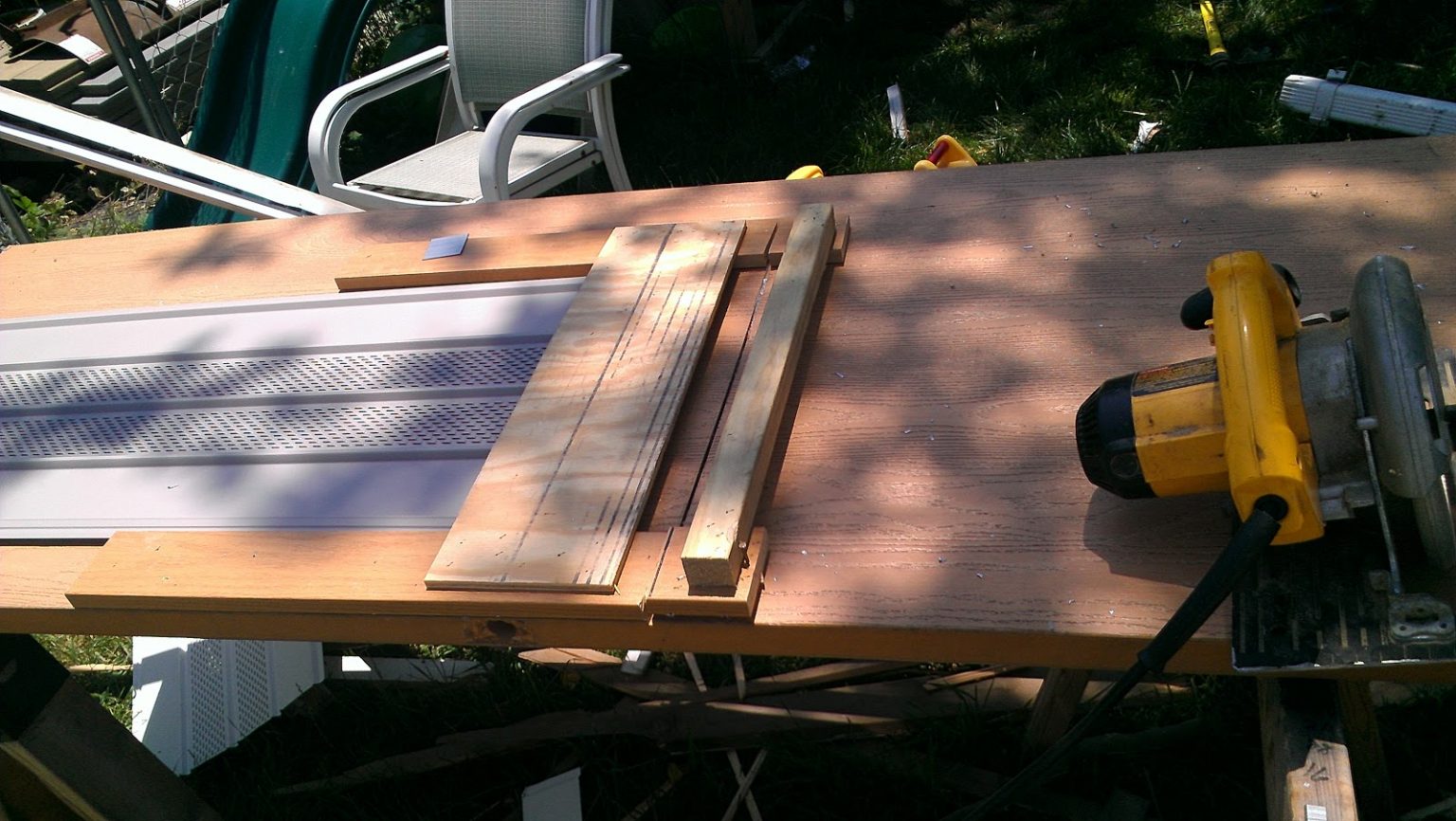

Articles
What Do You Use To Cut Vinyl Siding
Modified: December 7, 2023
Looking for articles on what to use to cut vinyl siding? Find the tools and techniques you need to tackle this home improvement project with ease.
(Many of the links in this article redirect to a specific reviewed product. Your purchase of these products through affiliate links helps to generate commission for Storables.com, at no extra cost. Learn more)
Introduction
When it comes to home exteriors, vinyl siding has gained popularity due to its durability, low maintenance, and aesthetic appeal. Whether you’re installing new vinyl siding or making repairs, there may be instances where you need to cut the siding to fit certain measurements or angles. Cutting vinyl siding can seem like a daunting task, but with the right tools and techniques, it can be easily accomplished.
In this article, we will explore the various tools that can be used to cut vinyl siding effectively. These tools range from basic utility knives to more specialized equipment like compound miter saws. Each tool has its own advantages and disadvantages, and the choice ultimately depends on the specific requirements of your vinyl siding project.
Before we dive into the tools, it’s important to note that safety should always be a priority. When working with any cutting tools, make sure to wear appropriate safety gear such as gloves and safety goggles. Additionally, following the manufacturer’s instructions and guidelines for each tool will help ensure proper and safe usage.
Now, let’s take a closer look at some of the tools commonly used to cut vinyl siding.
Key Takeaways:
- Choose the Right Tool
Select the appropriate cutting tool based on the complexity of the cut, level of precision required, and your comfort and experience. Prioritize safety and follow manufacturer’s guidelines for effective usage. - Prioritize Precision and Safety
Measure and mark accurately, support the siding securely, and apply steady pressure for precise cuts. Always wear protective gear, maintain tools, and follow proper techniques for optimal results.
Tools for Cutting Vinyl Siding
When it comes to cutting vinyl siding, there are several tools that you can use, depending on the complexity of the cut and the level of precision required. Here are some of the most commonly used tools:
- Utility Knife: A utility knife is a versatile tool that can be used for a variety of tasks, including cutting vinyl siding. It is lightweight and easy to handle, making it ideal for making straight cuts or trimming edges. However, it may not be suitable for more intricate or curved cuts.
- Tin Snips: Tin snips are another option for cutting vinyl siding. These hand-held shears have sharp blades designed to cut through metal, but they can also be used on vinyl siding. Tin snips are useful for making quick and precise cuts, especially in tight spaces or when dealing with smaller sections of siding.
- Circular Saw: If you need to make longer straight cuts on vinyl siding, a circular saw can be a good option. With a fine-toothed blade specifically designed for cutting through vinyl, a circular saw can provide clean and accurate cuts. Just be sure to set the blade depth appropriately to avoid cutting into other layers of the siding.
- Jigsaw: For curved or more intricate cuts, a jigsaw can be a valuable tool. With its reciprocating blade that moves up and down, a jigsaw allows for greater maneuverability and precision. This makes it suitable for cutting out irregular shapes or making cutouts for windows and doors.
- Compound Miter Saw: A compound miter saw is a powerful tool that is commonly used in woodworking, but it can also be used to cut vinyl siding. With its ability to make angled cuts, it is ideal for trimming siding pieces to fit corners or slopes. However, it requires a bit more skill and caution when working with vinyl siding to avoid cracking or chipping.
- Vinyl Siding Shears: As the name suggests, vinyl siding shears are specifically designed to cut vinyl siding. These hand tools have a unique blade design that cuts through the siding cleanly and smoothly without creating excessive dust or debris. They are easy to maneuver and provide precise cuts, especially for smaller projects or repairs.
- Table Saw: If you have a large quantity of vinyl siding to cut and require consistently straight cuts, a table saw can be a valuable tool. With its adjustable fence and blade depth, a table saw can provide precise and uniform cuts. However, it requires careful setup and proper safety precautions due to the fast-spinning blade.
- Hand Saw: In situations where power tools are not available or feasible, a hand saw can still be used to cut vinyl siding. While it may take more time and effort, a fine-toothed hand saw can achieve accurate cuts. It’s important to use a saw with sharp teeth and apply steady pressure to avoid damaging the siding.
Each of these tools has its own advantages and considerations. When choosing the right tool for your vinyl siding cutting needs, consider the complexity of the cut, the level of precision required, and your own comfort and experience with the tool. Remember to always take safety precautions and follow the manufacturer’s guidelines to ensure safe and effective use of the tools.
Utility Knife
A utility knife is a versatile tool that is commonly found in most DIY toolboxes. It is a compact and lightweight tool with a retractable blade that can be easily replaced when it becomes dull. When it comes to cutting vinyl siding, a utility knife can be a handy tool to have.
Utility knives are best suited for making straight cuts or trimming edges of vinyl siding. They are particularly useful when you need to cut smaller sections or make quick and simple cuts. The sharp blade of the utility knife allows for clean and precise cuts, ensuring a professional finish to your vinyl siding installation or repair.
When using a utility knife to cut vinyl siding, here are some tips to keep in mind:
- Choose a utility knife with a sharp blade that is suitable for cutting through vinyl material. It’s important to have a blade that can make smooth cuts without tearing or damaging the siding.
- Always wear appropriate safety gear, such as gloves and safety goggles, to protect yourself while using a utility knife. Accidents can happen, and it’s important to take precautions.
- Measure and mark the vinyl siding accurately before making any cuts. This will ensure that you make the right cut in the right place, minimizing the risk of errors or wastage.
- Apply firm and consistent pressure while cutting with the utility knife. Make sure to use a straight edge or a ruler as a guide to ensure straight cuts.
- If you need to make longer cuts, you may need to score the vinyl siding multiple times before applying additional pressure to complete the cut. This prevents the siding from cracking or splitting.
- Replace the blade of the utility knife regularly to ensure clean and effective cuts. Dull blades can cause jagged edges or require more effort to cut through the siding.
Utility knives are affordable and readily available at most hardware stores or online retailers. It’s always a good idea to have one in your toolbox for various DIY projects, including vinyl siding cutting tasks.
Remember, while a utility knife is a versatile tool, it may not be suitable for more intricate cuts or cutting larger sections of vinyl siding. In such cases, other tools, such as tin snips or circular saws, may be more appropriate to achieve the desired results.
Tin Snips
Tin snips are a specialized cutting tool commonly used in metalworking, but they also have applications in cutting vinyl siding. These hand-held shears are designed to cut through various materials, including vinyl, with precision and ease.
When it comes to cutting vinyl siding, tin snips can be a great option, especially for smaller sections or when dealing with tight spaces. Here are some key points to consider when using tin snips to cut vinyl siding:
- Choose the right type of tin snips. There are different types of tin snips available, such as straight-cut snips, left-cut snips, and right-cut snips. The choice depends on the direction in which you need to make the cuts. For vinyl siding, straight-cut snips are generally the most versatile.
- Always wear appropriate safety gear when using tin snips, including gloves and safety goggles. This will protect your hands and eyes from any potential injuries.
- Measure and mark the vinyl siding accurately before cutting to ensure precise cuts. Use a straight edge or a ruler to guide the tin snips along the marked line.
- Position the vinyl siding securely and make sure it’s well-supported while cutting with tin snips. This will help prevent the siding from bending or warping during the cutting process.
- Apply steady and even pressure on the tin snips while cutting through the vinyl siding. Start at one end and work your way along the marked line, making steady, continuous cuts.
- If you need to make curved cuts, you can use the tin snips to make small, incremental cuts along the curve. This will allow for more control and precision in achieving the desired shape.
- Periodically clean the blades of the tin snips to remove any accumulated debris or vinyl residue. This will ensure smoother cutting and prolong the life of the tool.
Tin snips are a cost-effective and easy-to-use tool for cutting vinyl siding, especially in situations where power tools might not be practical or available. They provide a good level of control and can make clean cuts, resulting in a professional finish to your vinyl siding project.
It’s worth noting that tin snips are best suited for smaller sections of vinyl siding or when making precise cuts in tight spaces. For longer straight cuts or more complex angles, other tools like circular saws or jigsaws may be more efficient and suitable.
Overall, tin snips are a valuable addition to your toolbox if you frequently work with vinyl siding. They offer versatility and convenience when it comes to cutting vinyl siding with precision and ease.
Circular Saw
A circular saw is a versatile power tool commonly used in woodworking, but it can also be an effective tool for cutting vinyl siding. With its spinning blade, a circular saw allows for fast and precise cuts, making it ideal for longer straight cuts on vinyl siding.
When using a circular saw to cut vinyl siding, here are some important considerations:
- Choose the right blade: To cut through vinyl siding efficiently, you’ll need a circular saw blade specifically designed for cutting the material. Look for a fine-toothed blade with carbide tips, as this will provide clean and smooth cuts.
- Set the blade to the appropriate depth: To avoid cutting through more than just the vinyl siding, set the blade’s depth on the circular saw to just slightly deeper than the thickness of the siding. This will ensure clean cuts without damaging other layers or materials beneath.
- Secure the vinyl siding: Before making any cuts with the circular saw, make sure the vinyl siding is firmly secured and supported. This will prevent the siding from vibrating or moving during the cutting process, resulting in cleaner and more accurate cuts.
- Measure and mark the cuts: Use a measuring tape and pencil to measure and mark the vinyl siding accurately before cutting. Double-check your measurements to ensure the cuts are in the right place and of the correct length.
- Use a straight edge as a guide: To achieve straight cuts with the circular saw, use a straight edge or a guide to follow along the marked line. This will help maintain a steady and accurate cutting path.
- Work at a consistent speed: When cutting with a circular saw, maintain a steady and consistent cutting speed. Not only will this help achieve cleaner cuts, but it will also reduce the risk of the blade binding or causing kickback.
- Wear safety gear: It’s important to wear proper safety gear while using a circular saw, including safety goggles and ear protection. Additionally, always follow the manufacturer’s safety guidelines and use caution to prevent accidents.
A circular saw can be a powerful and efficient tool for cutting vinyl siding, especially when multiple straight cuts are required. It can save time and provide precise results, giving your vinyl siding project a professional finish.
However, it’s worth noting that circular saws can generate a significant amount of dust and debris while cutting vinyl siding. Therefore, it’s important to work in a well-ventilated area and consider using a dust collection system or wearing a dust mask for your safety.
Overall, a circular saw is a versatile tool that can greatly facilitate the cutting process when working with vinyl siding. With the right blade and proper technique, it can make quick work of straight cuts, making it a valuable addition to any DIY enthusiast or professional contractor’s toolbox.
Read more: How Do You Patch Vinyl Siding
Jigsaw
A jigsaw is a versatile power tool commonly used for cutting curves and intricate shapes in various materials, including wood, metal, and even vinyl siding. If you need to make curved or more intricate cuts in your vinyl siding, a jigsaw can be a valuable tool to have.
Here are some key points to consider when using a jigsaw to cut vinyl siding:
- Choose the right blade: To cut vinyl siding effectively, you’ll need a jigsaw blade with a fine-toothed design that is specifically designed for cutting through plastic or vinyl materials. These blades have smaller teeth and are able to make cleaner and smoother cuts.
- Secure the vinyl siding: Before starting the cuts with the jigsaw, make sure the vinyl siding is securely fastened and supported. This will prevent the siding from vibrating or moving, which could result in less accurate cuts.
- Mark the cuts: Use a measuring tape and pencil to measure and mark the vinyl siding accurately before cutting with the jigsaw. Double-check your measurements to ensure the cuts are in the right place and of the desired length.
- Attach a guide or use a template: If you need to make precise, straight cuts with the jigsaw, you can attach a straight edge or use a template to guide the jigsaw along the marked line. This will help maintain a straight cutting path.
- Follow a slow and steady pace: When using the jigsaw to cut vinyl siding, it’s important to maintain a slow and steady cutting speed. This will allow the blade to cut through the material smoothly and reduce the risk of the blade binding or causing kickback.
- Support the cut-off piece: When making curved cuts, it’s important to support the piece that will be cut off to prevent it from breaking away prematurely. This can be done by clamping a scrap piece of wood or using a second set of hands to hold it firmly.
- Practice on scrap vinyl siding: If you’re new to using a jigsaw on vinyl siding, it may be helpful to practice on a scrap piece of siding first. This will allow you to familiarize yourself with the tool and technique before cutting into your actual project.
A jigsaw allows for greater maneuverability and flexibility when cutting vinyl siding, making it ideal for creating curved cuts or intricate shapes. It gives you the ability to make detailed and customized cuts to fit around windows, doors, or any other architectural features.
Remember to always prioritize safety when using a jigsaw. Wear safety goggles to protect your eyes from flying debris and consider using ear protection, as jigsaws can produce significant noise. Additionally, ensure that you follow the safety guidelines provided by the manufacturer.
With proper technique and the right blade, a jigsaw can be a valuable tool for cutting vinyl siding, allowing you to achieve precise and intricate cuts to meet your project’s specifications.
When cutting vinyl siding, use a sharp utility knife with a hook blade for clean and precise cuts. Score the siding with the knife and then snap it along the scored line for a smooth edge.
Compound Miter Saw
A compound miter saw is a power tool commonly used in woodworking, but it can also be a valuable tool for cutting vinyl siding. It offers the ability to make angled cuts, making it ideal for trimming siding pieces to fit corners or slopes.
Here are some important points to consider when using a compound miter saw to cut vinyl siding:
- Choose the right blade: When using a compound miter saw to cut vinyl siding, it’s crucial to select a blade specifically designed for cutting through plastic or vinyl materials. Look for a fine-toothed blade with carbide tips, as this will provide cleaner and smoother cuts.
- Measure and mark accurately: Before cutting with the compound miter saw, take accurate measurements and mark the vinyl siding accordingly. This will ensure that the cuts are precise and align with the angles or corners you’re working with.
- Secure the vinyl siding: Make sure the vinyl siding is securely fastened and supported before making any cuts with the compound miter saw. This will prevent the siding from moving or vibrating during the cutting process, resulting in cleaner and more accurate cuts.
- Set the miter angle: The compound miter saw allows for both miter and bevel cuts. Set the miter angle on the saw to match the angle you need for your vinyl siding, whether it’s a straight cut or a specific angle for corner pieces.
- Set the bevel angle (if necessary): In some cases, you may need to make bevel cuts on the vinyl siding, such as when fitting pieces on a sloping roof. Adjust the bevel angle on the compound miter saw accordingly to achieve the desired cut.
- Use clamps or hold-downs: To ensure safety and accuracy, use clamps or hold-downs to secure the vinyl siding firmly in place while cutting with the compound miter saw. This will prevent the siding from moving or shifting during the cutting process, resulting in cleaner and safer cuts.
- Wear safety gear: Always wear the proper safety gear when operating a compound miter saw, including safety goggles and ear protection. Follow the manufacturer’s safety guidelines and take extra caution to prevent accidents.
A compound miter saw allows for precise and angled cuts on vinyl siding, making it a valuable tool when working with corners or slopes. With its versatility and accuracy, it ensures clean and professional-looking cuts for your vinyl siding project.
However, it’s important to note that cutting vinyl siding with a compound miter saw requires some skill and caution. Take your time to familiarize yourself with the tool and practice on scrap pieces of vinyl siding before working on your actual project.
Remember to always prioritize safety when using power tools. Maintain proper technique, follow safety guidelines, and consider seeking expert advice if you’re unsure about using a compound miter saw for cutting vinyl siding.
Vinyl Siding Shears
When it comes to cutting vinyl siding, one of the most specialized and effective tools you can use is vinyl siding shears. These specially designed hand tools are specifically made for cutting vinyl siding cleanly and accurately.
Here are some important points to consider when using vinyl siding shears:
- Choose the right type of shears: There are different types of vinyl siding shears available, including vinyl siding hand snips and guillotine-style shears. The type you choose depends on your personal preference and the specific requirements of your project.
- Measure and mark accurately: Before cutting, measure and mark the vinyl siding accurately to ensure precise cuts. Use a straight edge or a ruler to guide the shears along the marked line.
- Position the vinyl siding securely: Make sure the vinyl siding is securely fastened and supported before cutting with the shears. This will prevent the siding from shifting or moving during the cutting process, resulting in cleaner cuts.
- Apply steady and even pressure: When using vinyl siding shears, apply consistent and steady pressure throughout the cut. This will ensure cleaner and more accurate cuts.
- Use the correct technique: Depending on the type of shears you’re using, there may be specific techniques recommended by the manufacturer. Familiarize yourself with these techniques to ensure optimal results.
- Keep your shears clean: Vinyl siding shears can accumulate debris or vinyl residue over time, which can affect their cutting performance. Regularly clean the shears to remove any built-up debris and maintain their sharpness.
Vinyl siding shears are designed to make clean and precise cuts on vinyl siding without creating dust or debris. They are easy to maneuver and provide excellent control, making them ideal for smaller projects or repairs where accuracy is essential.
One of the advantages of using vinyl siding shears is that they don’t typically require any additional safety gear. However, it’s always a good practice to wear gloves and safety goggles to protect yourself during the cutting process.
Using vinyl siding shears can be a quick and efficient way to cut vinyl siding while ensuring professional and accurate results. They are a valuable tool to have in your toolbox for any vinyl siding-related project.
Table Saw
While not as commonly used as some of the other tools mentioned, a table saw can be an effective option for cutting vinyl siding, especially when dealing with larger quantities or when consistently straight cuts are required.
Here are some important considerations when using a table saw to cut vinyl siding:
- Choose the right blade: When using a table saw to cut vinyl siding, it’s essential to choose a blade specifically designed for cutting plastic or vinyl materials. Look for a blade with a fine-toothed design and carbide tips for cleaner and smoother cuts.
- Secure the material: It’s important to securely fasten the vinyl siding to a stable surface or use a fence to guide the material during the cutting process. This will prevent the siding from moving or vibrating, resulting in cleaner and more accurate cuts.
- Set the blade height and fence: Adjust the blade height on the table saw to slightly deeper than the thickness of the siding, ensuring clean cuts without damaging other layers or materials. Additionally, set the fence to the desired width to achieve consistent cuts.
- Measure and mark accurately: Before cutting, measure and mark the vinyl siding accurately to ensure precise cuts. Use a measuring tape, pencil, and a straight edge or ruler as a guide to maintain straight cutting lines.
- Feed the material with care: When feeding the vinyl siding through the table saw, do it smoothly and at a consistent pace. Take care not to force the material through as this can lead to rough cuts or damage to the siding.
- Wear proper safety equipment: Always wear safety goggles, gloves, and any other required safety equipment when using a table saw. Follow the manufacturer’s safety guidelines and exercise caution to prevent accidents.
A table saw can provide clean and consistent straight cuts on vinyl siding, making it an efficient option for larger projects or when precision is crucial. However, it’s important to note that working with a table saw requires experience and attention to safety guidelines.
Keep in mind that cutting vinyl siding with a table saw can generate a significant amount of dust. Consider using a dust collection system or wearing a dust mask to protect yourself from breathing in the particles.
If you are not experienced in using a table saw or are unsure about the process, it’s recommended to seek guidance from a professional or consult with someone experienced in using a table saw for cutting vinyl siding.
Overall, a table saw can be a helpful tool for cutting vinyl siding, especially in scenarios involving large quantities or when consistently straight cuts are required. Adherence to safety precautions and proper technique is vital to achieve the best results.
Read more: How Do You Replace A Piece Of Vinyl Siding
Hand Saw
When it comes to cutting vinyl siding, a hand saw can be a viable option, particularly in situations where power tools are not available or feasible. While it may require more time and effort compared to using power tools, a hand saw can still achieve accurate cuts on vinyl siding.
Here are some important considerations when using a hand saw to cut vinyl siding:
- Choose the right type of hand saw: There are different types of hand saws available, such as a crosscut saw or a fine-toothed saw. Opt for a fine-toothed hand saw as it is more suitable for making clean and precise cuts on vinyl siding.
- Secure the material: Ensure the vinyl siding is securely fastened and supported to prevent excessive movement during the cutting process. This will help maintain accuracy and avoid any damage to the siding.
- Measure and mark accurately: Take precise measurements and mark the vinyl siding appropriately before cutting with the hand saw. Use a measuring tape, pencil, and a straight edge or ruler to guide your cuts along the marked lines.
- Apply steady pressure and maintain control: When using a hand saw, apply steady and even pressure while cutting through the vinyl siding. Use controlled and consistent strokes to achieve clean and accurate cuts.
- Use a miter box for angled cuts: If you need to make angled cuts on the vinyl siding, consider using a miter box as a guide. This will help ensure more precise and consistent angles.
- Take breaks if needed: Cutting vinyl siding with a hand saw can require more time and physical effort. If necessary, take breaks to prevent fatigue, which can compromise the accuracy of your cuts.
- Keep the hand saw sharp: A sharp hand saw will provide cleaner cuts and make the cutting process more efficient. Regularly sharpen and maintain the saw’s teeth according to the manufacturer’s recommendations.
While using a hand saw for cutting vinyl siding may not be as quick or efficient as using power tools, it can still deliver accurate results, especially for smaller projects or repairs. It’s important to have patience and maintain a steady hand to achieve clean cuts.
Always prioritize safety when using a hand saw. Wear safety goggles and gloves to protect yourself from any potential injuries. Additionally, following proper cutting techniques and focusing on maintaining control will help ensure your safety and the quality of your cuts.
Overall, a hand saw can be a practical option for cutting vinyl siding when power tools are not available or suitable. With the right technique and care, it can produce accurate cuts, allowing you to achieve your desired results.
Conclusion
Cutting vinyl siding can be a necessary task when it comes to home improvement projects or repairs. Having the right tools and techniques at your disposal is essential for achieving clean, precise cuts. Throughout this article, we have explored various tools commonly used for cutting vinyl siding.
The utility knife is a versatile and affordable tool suitable for making straight cuts and trimming edges of vinyl siding. Tin snips offer easy control and are ideal for smaller sections or tight spaces where precision is key. Circular saws provide the ability to make longer, straight cuts quickly and accurately.
Jigsaws excel in creating curved or intricate cuts on vinyl siding, allowing for greater flexibility and customization. Compound miter saws are a powerful option for trimming siding pieces to fit corners or slopes, providing angled cuts with precision.
For smaller projects or repairs, vinyl siding shears offer clean and accurate cuts without the need for power tools. A table saw can be useful when dealing with larger quantities or consistently straight cuts. Lastly, a hand saw can be a viable option when power tools are not available, requiring more effort but still capable of achieving accurate cuts.
Regardless of the tool you use, always prioritize safety by wearing appropriate protective gear and following manufacturer guidelines. Measure and mark accurately, support the siding securely, and apply steady pressure to ensure precise cuts. Maintenance of tools, such as replacing blades or keeping saw teeth sharp, further contributes to achieving optimal results.
In conclusion, having a variety of tools at your disposal allows you to choose the most suitable option for your project’s specific requirements. Whether you opt for power tools or rely on manual cutting instruments, proper technique and attention to detail are crucial to achieving professional-looking results when cutting vinyl siding.
Frequently Asked Questions about What Do You Use To Cut Vinyl Siding
Was this page helpful?
At Storables.com, we guarantee accurate and reliable information. Our content, validated by Expert Board Contributors, is crafted following stringent Editorial Policies. We're committed to providing you with well-researched, expert-backed insights for all your informational needs.
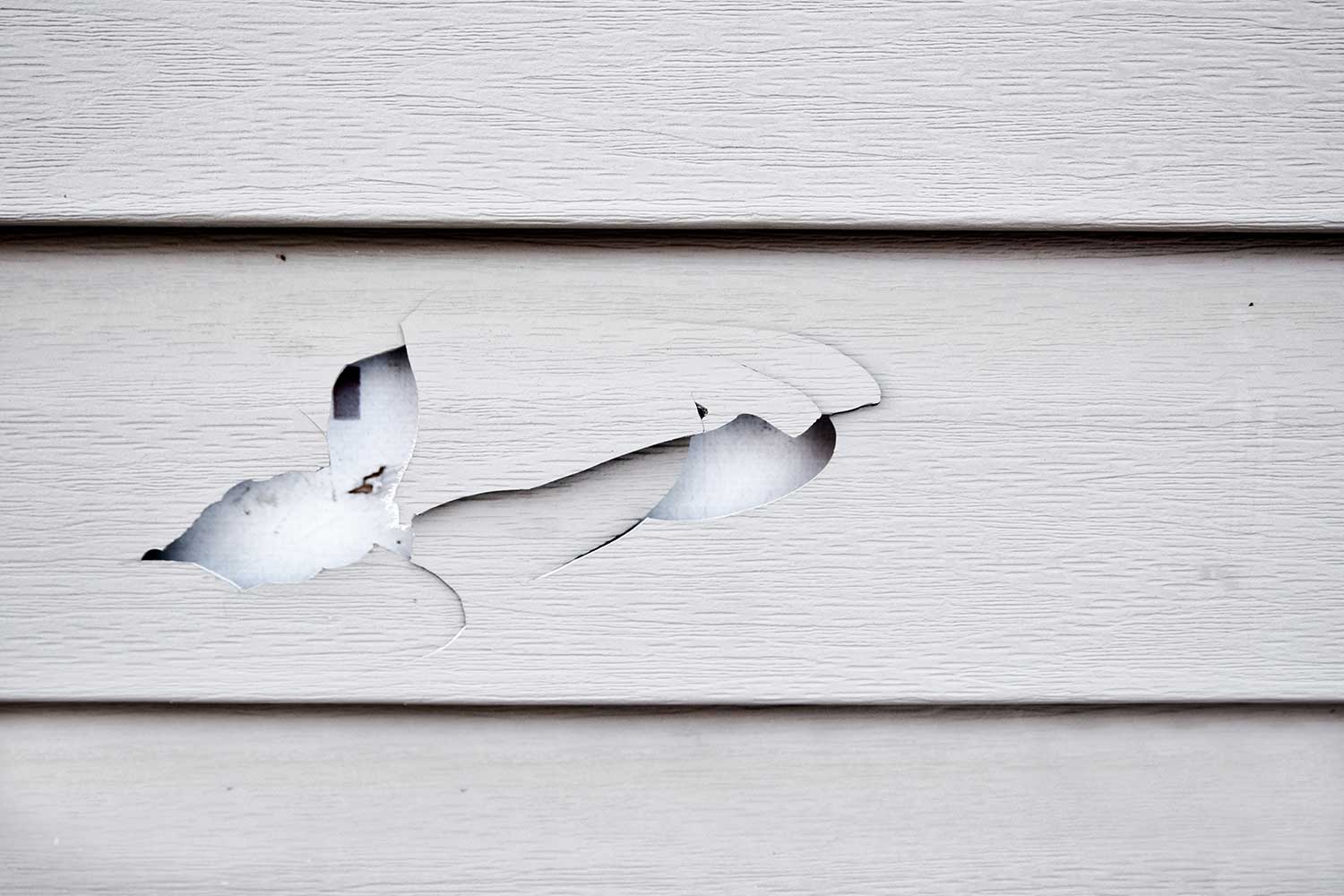
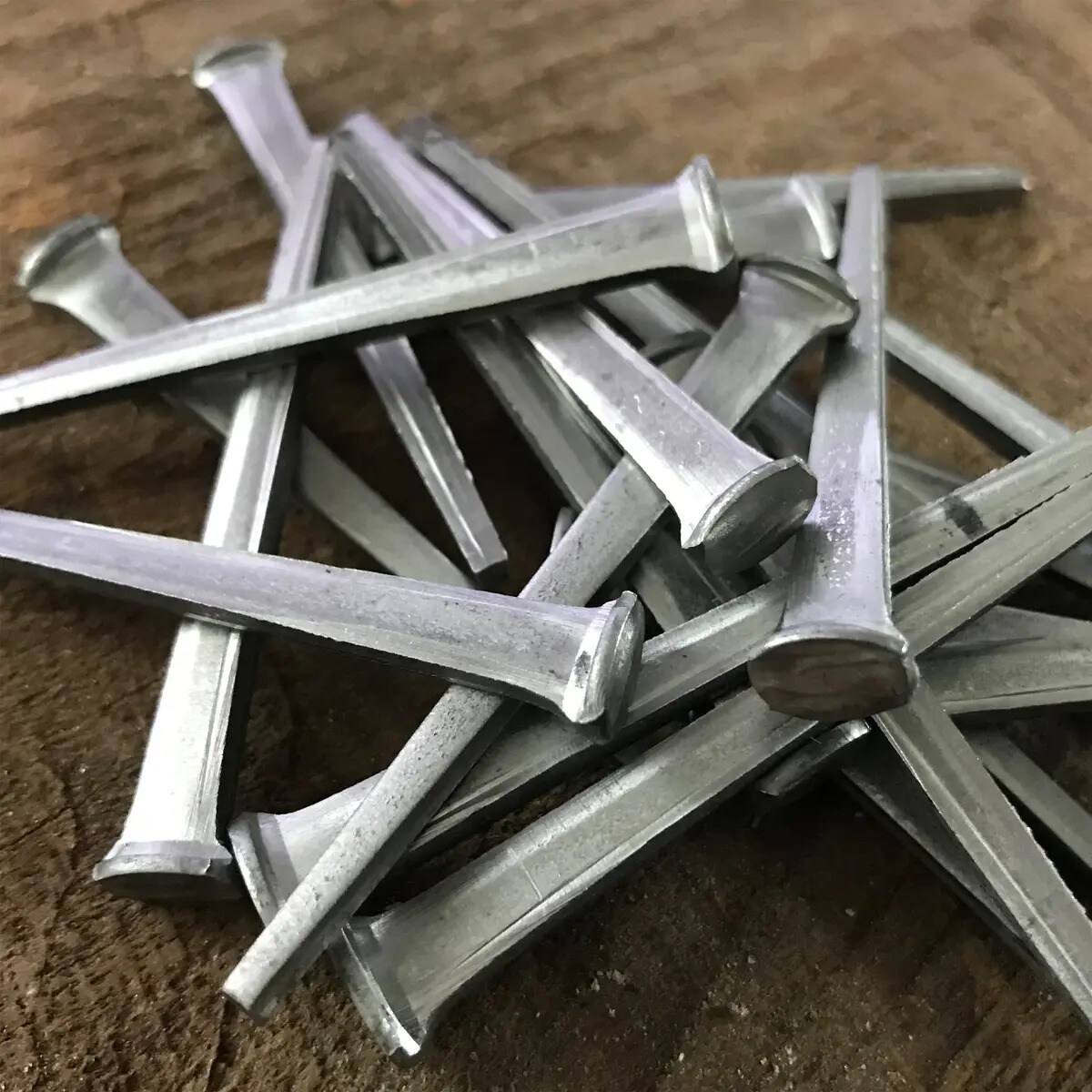

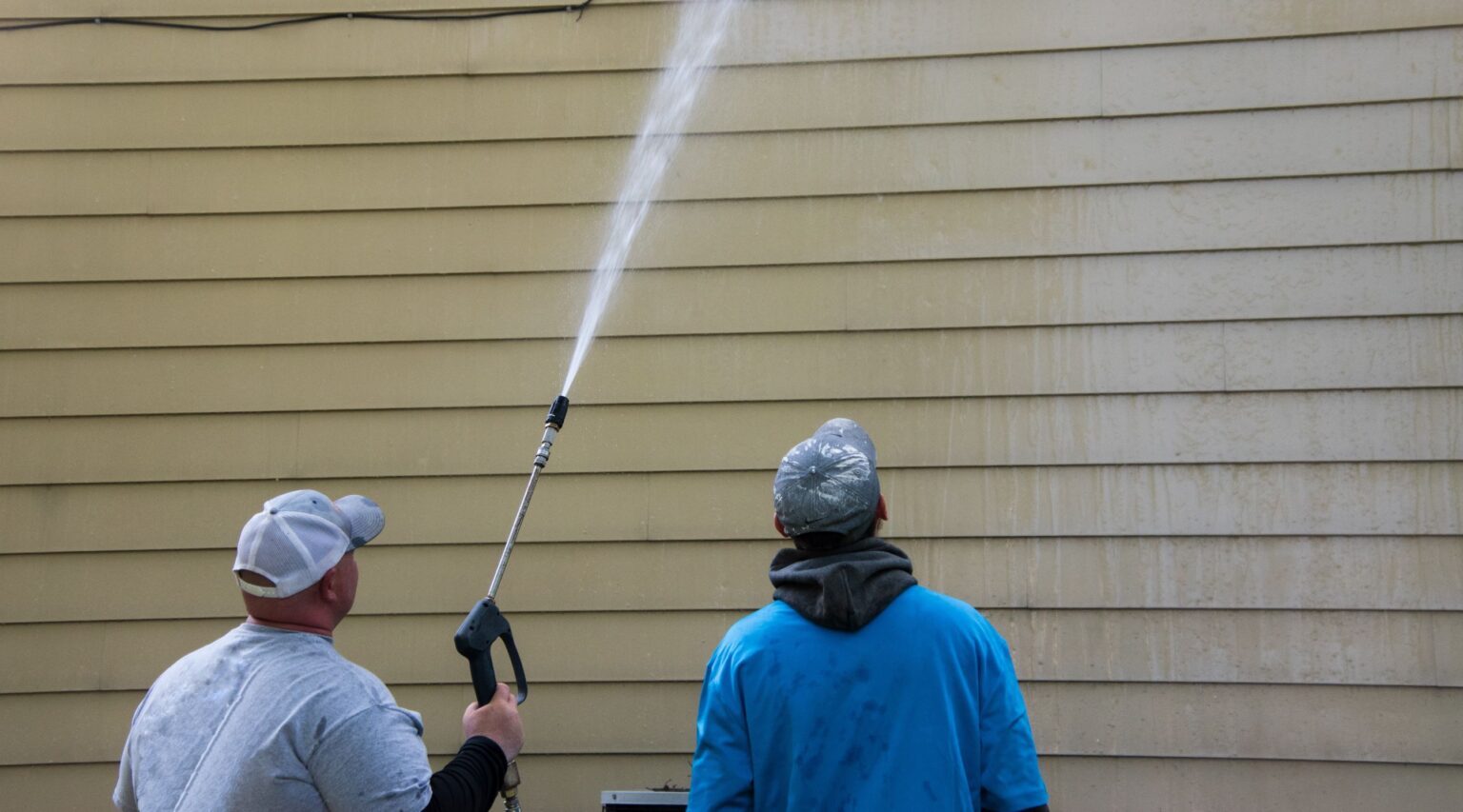
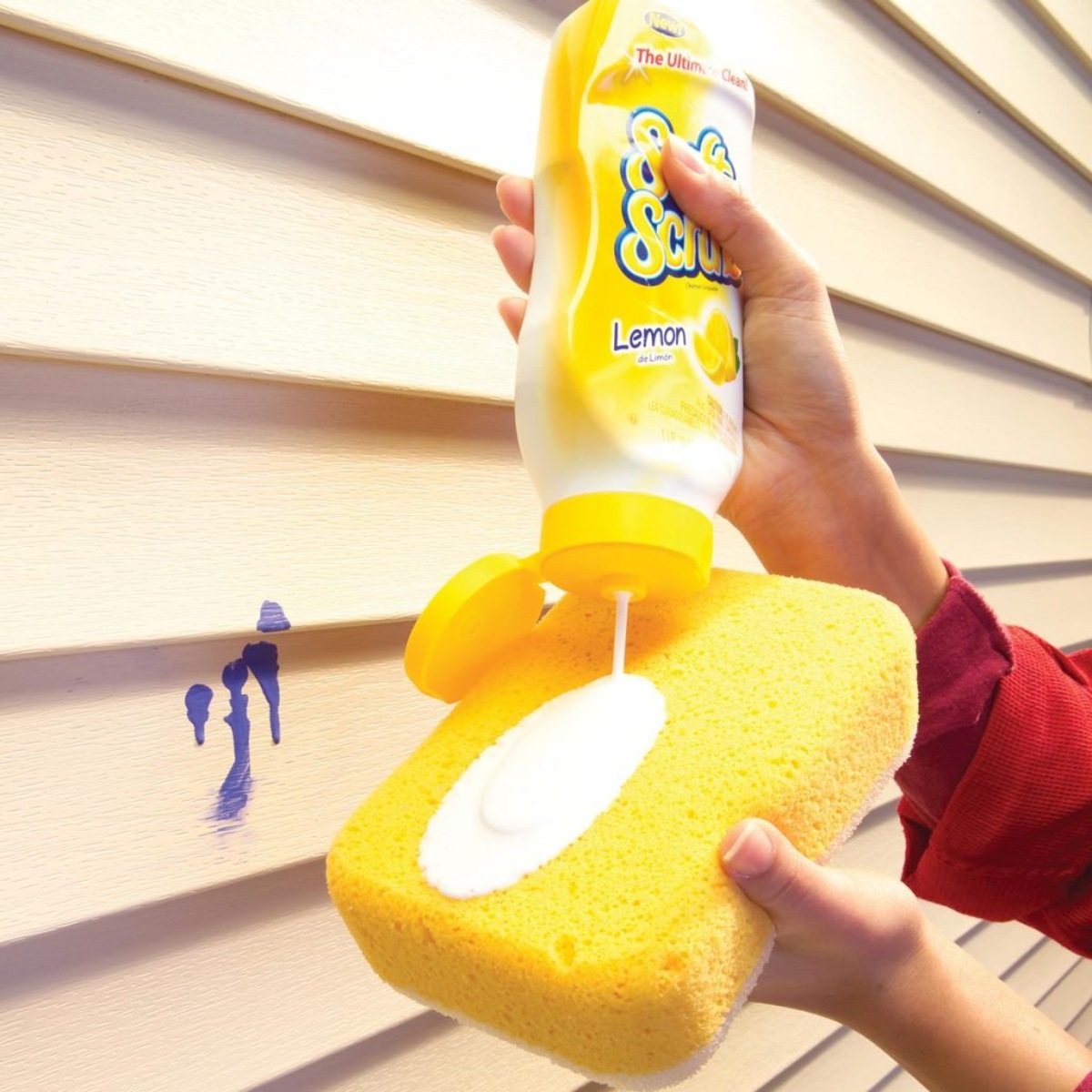
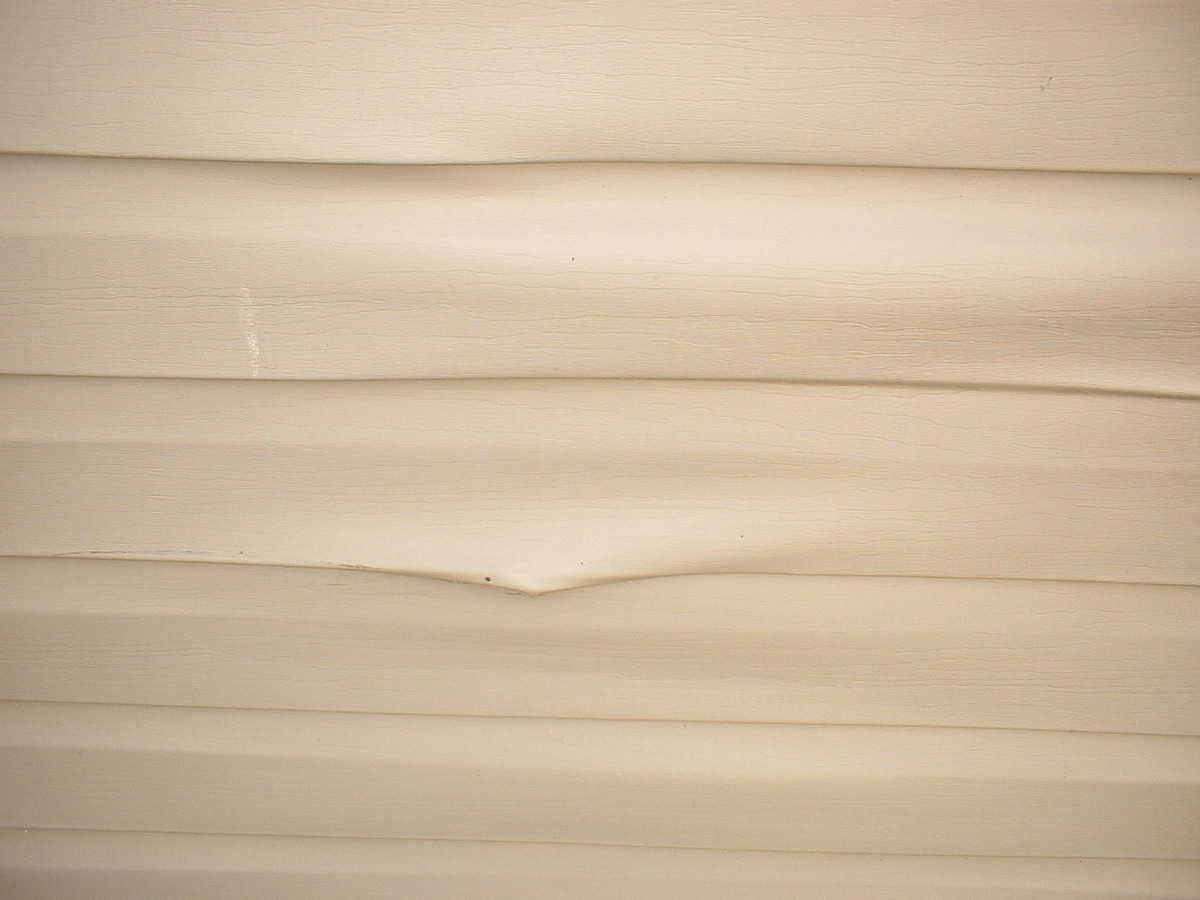

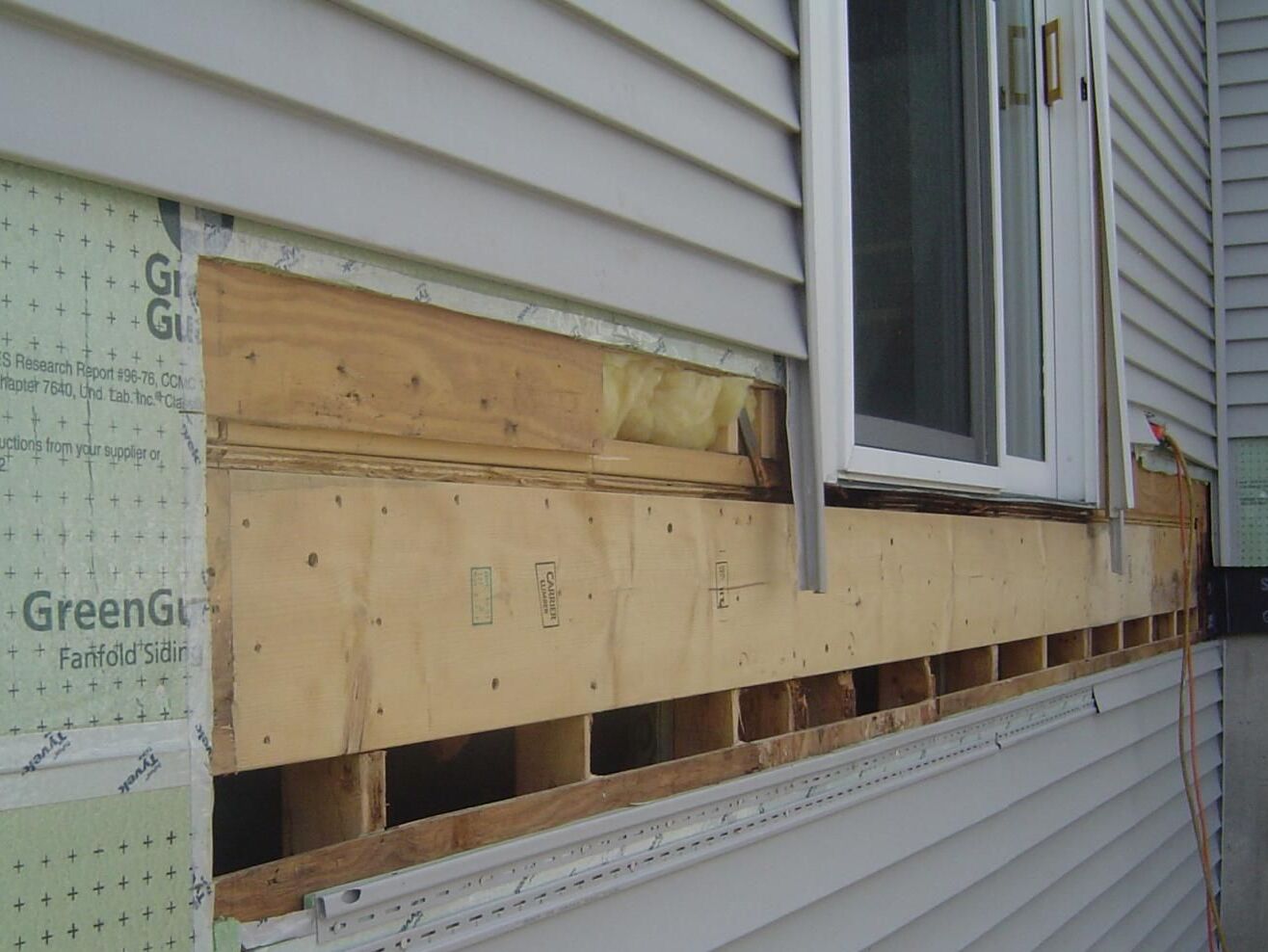
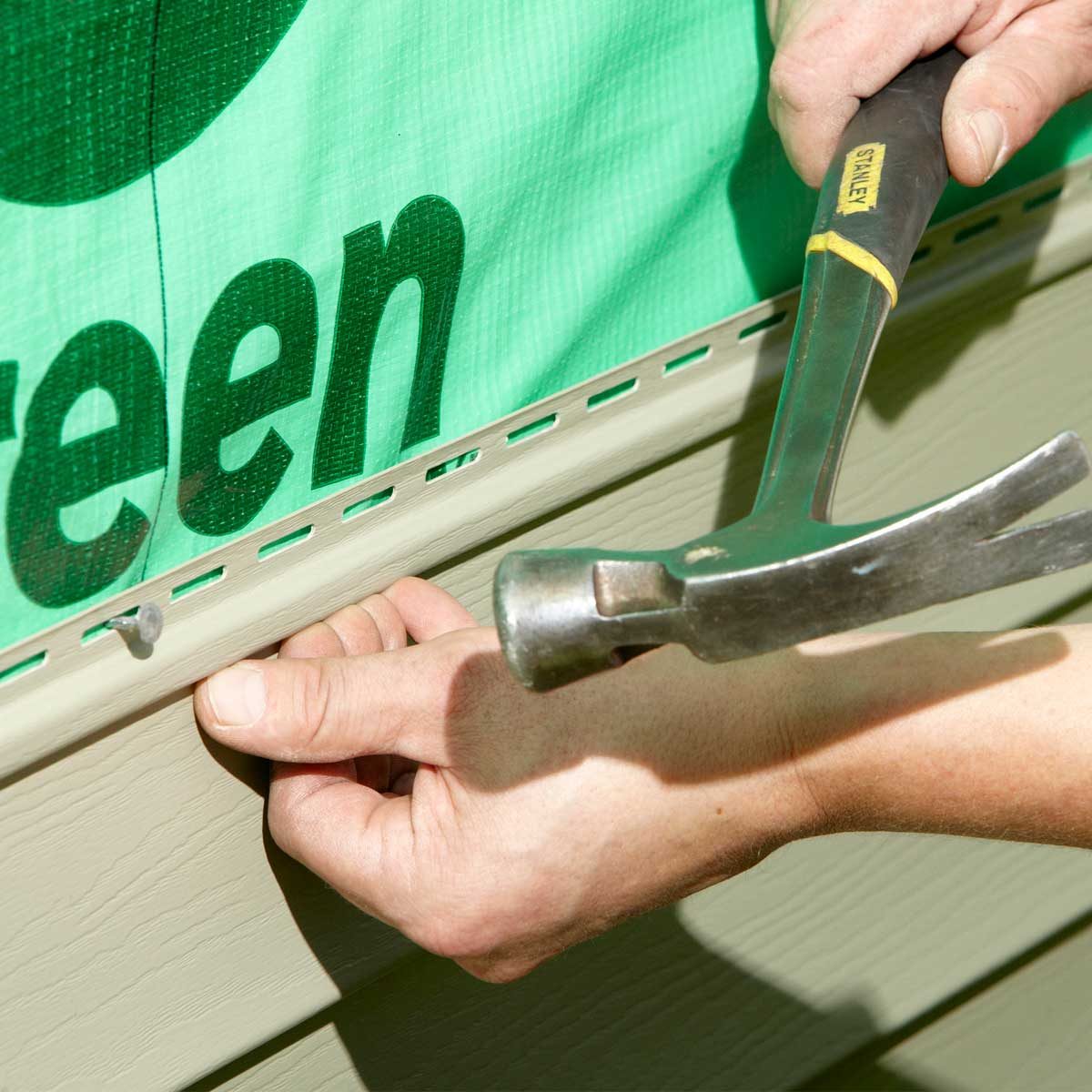
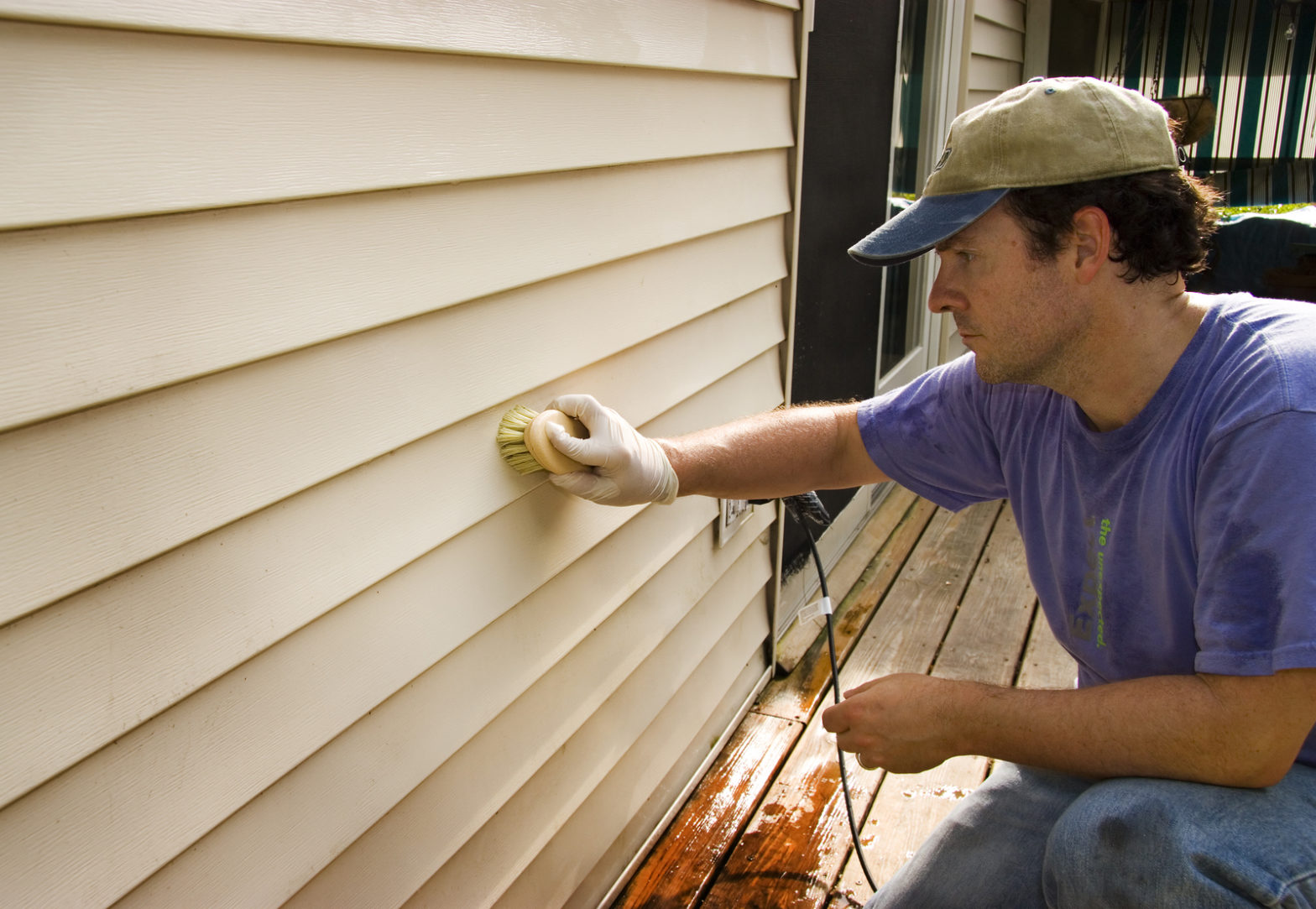




0 thoughts on “What Do You Use To Cut Vinyl Siding”